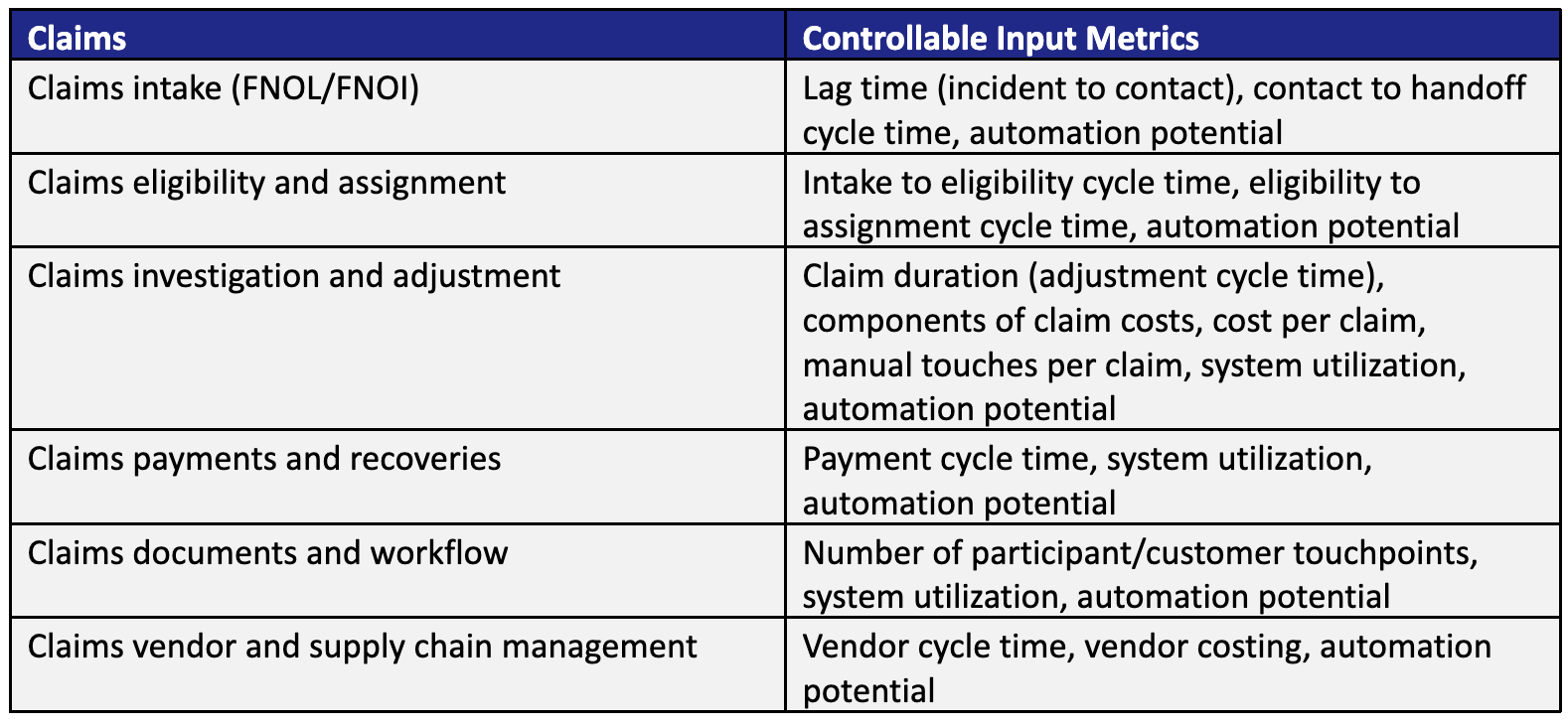By enabling remote patient monitoring and virtual consultations, telehealth has brought healthcare to the doorsteps of patients. Underpinning this revolution are data engineering and analytics, playing a pivotal role in driving efficient, personalized services while enhancing patient outcomes.
Role of Data Engineering in Telehealth
Data engineering is the backbone of telehealth services. It involves collecting, validating, storing, protecting, and processing required data to be accessible and informative. Data engineers develop and maintain systems to ensure that the massive amounts of data generated in healthcare are systematically processed and ready for analysis. Telehealth involves various data types like electronic health records, real-time physique data, and even video consultations data. A robust data engineering framework ensures smooth management and processing of these diverse datasets.
Analytics: Empowering Decision Making in Telehealth
Once data engineering lays the groundwork, analytics steps in to drive insights from the data. It involves the discovery, interpretation, and communication of meaningful patterns in data. Descriptive analytics help with understanding the current healthcare conditions, while predictive analytics anticipate healthcare outcomes based on patterns gleaned from historical and real-time data. Prescriptive analytics goes a step further to provide recommended actions to achieve desired health outcomes.
Through the use of sophisticated techniques and algorithms, healthcare providers can leverage these insights for patient diagnosis, treatment planning, risk prediction, and cost-effectiveness. For instance, predictive analytics can forecast trends and outcomes, such as risks of specific diseases, aiding in preventive care.
Impact of Data Engineering and Analytics on Telehealth
- Personalized Care: With the insights provided by data analytics, healthcare providers can offer tailor-made treatment plans to their patients, enhancing patient satisfaction and outcomes.
- Improving Access: Telehealth, powered by robust data engineering and analytics, extends the reach of healthcare services, allowing providers to reach underserved communities and cater to the aging population in the comfort of their homes.
- Cost Savings: Optimized prediction models and analytical reports can guide effective resource allocation, reducing operational costs and helping providers deliver quality care economically.
- Efficient Service Delivery: Real-time analytics can help in the immediate detection of critical health conditions, enabling immediate intervention and thereby improving treatment results. Also, analytics helps healthcare providers promptly respond to changes in patient condition or behavior.
Data Sharing: Provider Enablement
Data sharing enhances the potential of telehealth, allowing for an improved healthcare experience for both the providers and the members. Here's how:
Enhanced Care Continuity: If providers within a network have access to the shared data, they can understand the medical history, current medications, and other crucial health-related information about a member. This ensures care continuity even when the member switches between different providers or needs to consult multiple specialists in person or through telehealth.
Improved Decision Making: Data sharing arms healthcare providers with the necessary insights to make evidence-based clinical decisions. Comprehensive knowledge of a member's medical history allows providers to accurately diagnose conditions, devise effective treatment plans, and predict potential health risks. This helps providers to prescribe the precise medicine even over telephone.
Coordination and Collaboration: Data sharing enables multi-disciplinary team collaboration in managing a member's health. Various providers caring for the same member, such as primary care physicians, specialists, nurses, and pharmacists, can access shared data to coordinate care effectively.
Efficiency and Convenience: In telehealth, providers can access shared data from anywhere, reducing the need for repetitive tests and, hence, enhancing administrative efficiency. For members, telehealth eliminates the inconvenience of repeated information sharing or undertaking the same tests.
Preventative Care: Predictive analytics can use shared data to identify early signs or risk factors of diseases, allowing for timely intervention and preventative care. Early prevention leads to better health outcomes for members and potentially reduces healthcare costs.
Trust and Transparency: When members know that their health data is being shared securely but with a purpose, the knowledge can promote a sense of trust between providers and members, leading to better engagement and adherence to treatment plans.
In essence, data sharing in telehealth signifies a move toward integrated, coordinated care, yielding improved health outcomes, cost efficiency, and member satisfaction. As we navigate the digital age, secure and effective data sharing protocols will be paramount to the evolution of telehealth services.
See also: How Cloud Tech Improves Customer Experiences
Role of Cloud Technology
The use of cloud technology has enabled greater capacities for data storage, processing, and analytics, making it crucial for the effective management of healthcare data. Here's how the cloud plays a significant role in data engineering in telehealth:
Scalable Storage: With the massive amounts of data being generated in telehealth, cloud technology offers scalable and cost-effective data storage solutions. Cloud storage can easily scale up or down based on the data volume, thereby efficiently managing storage needs.
Data Integration: Cloud platforms facilitate seamless integration of diverse health data from multiple sources, such as electronic health records (EHRs), wearable devices, and images. All relevant patient information can be consolidated in a single, accessible platform.
Real-Time Access and Collaboration: Cloud enables real-time access to data for healthcare providers, regardless of their location. This fosters collaboration among a patient's healthcare team, allowing them to provide coordinated care based on comprehensive, up-to-date information.
Data Security and Compliance: While data security is paramount in healthcare, cloud service providers offer advanced security features to protect sensitive health data. They also help ensure regulatory compliance, including adherence to rules set by the Health Insurance Portability and Accountability Act (HIPAA).
Advanced Analytics and AI: The cloud supports sophisticated data analytics tools and AI capabilities. These tools can process and analyze large sets of data, yielding insights that can guide clinical decisions and health predictions. They also support machine learning models that can identify critical health patterns and predict outcomes, enhancing telehealth services.
Speed and Efficiency: Cloud computing allows quick processing of large volumes of data, minimizing latency. This efficiency is critical in telehealth settings, where swift data access can affect health outcomes.
Reduced Costs: By using cloud-based solutions, telehealth services can avoid the high costs associated with maintaining physical servers and data centers.
Cloud technology plays an essential role in data engineering within telehealth, providing the infrastructure needed to collect, store, integrate, analyze, and securely access health data. As healthcare continues its digital transformation, the cloud will continue to deliver innovative, flexible, and secure solutions.
See also: Moving From Legacy Systems to the Cloud
Conclusion
Data engineering and analytics play an integral part in telehealth, turning vast amounts of data into actionable insights. They allow the efficient delivery of healthcare services, increase patient satisfaction, and cut costs. As telehealth continues to grow, advancements in data engineering and analytics will usher in a new era, promising improved outcomes for both healthcare providers and patients.
























